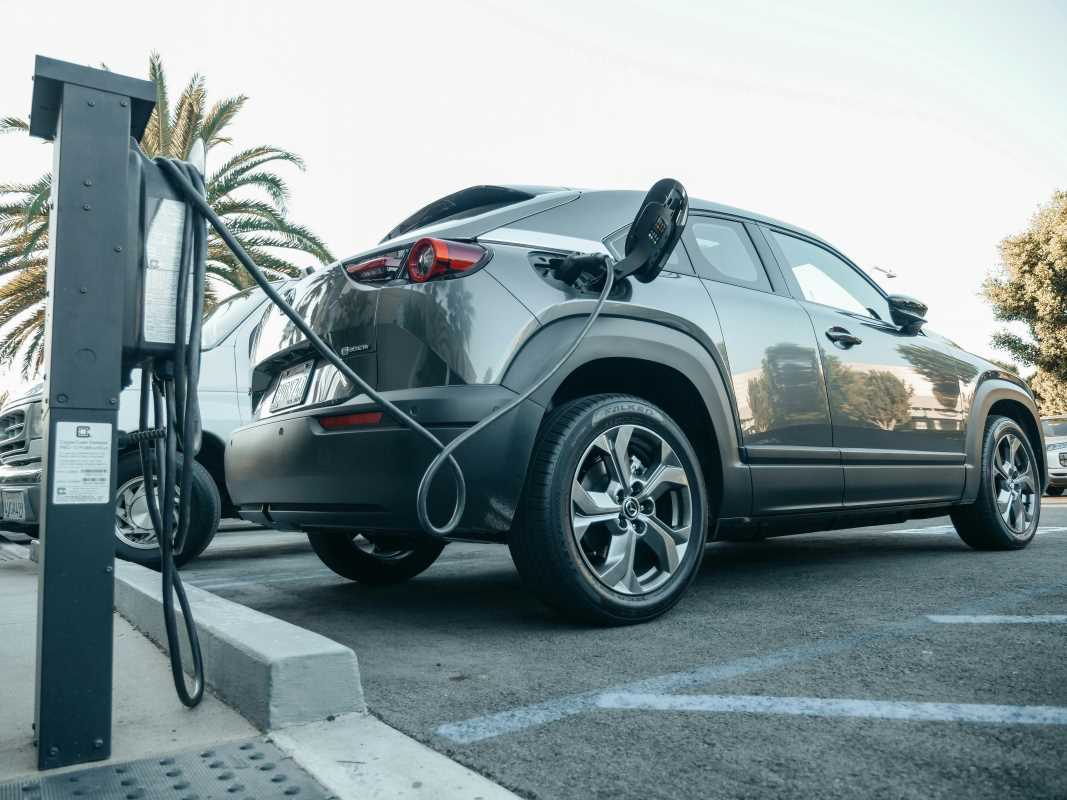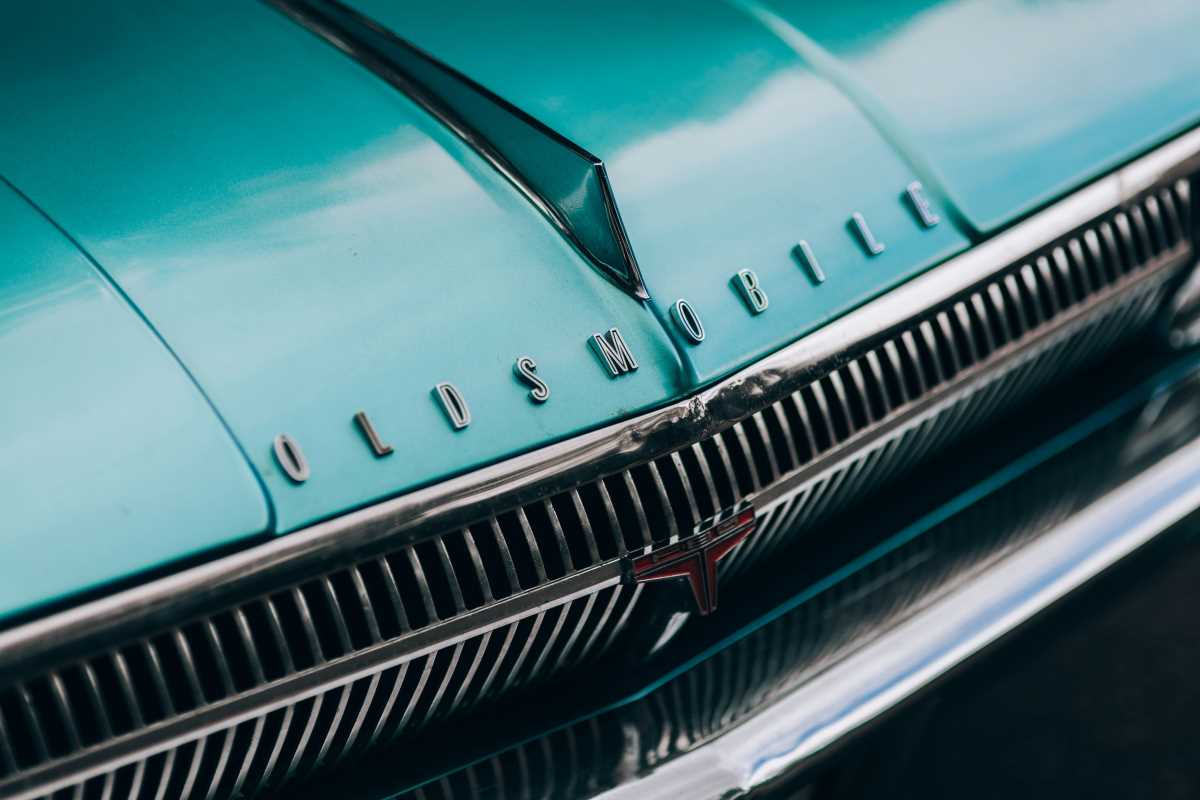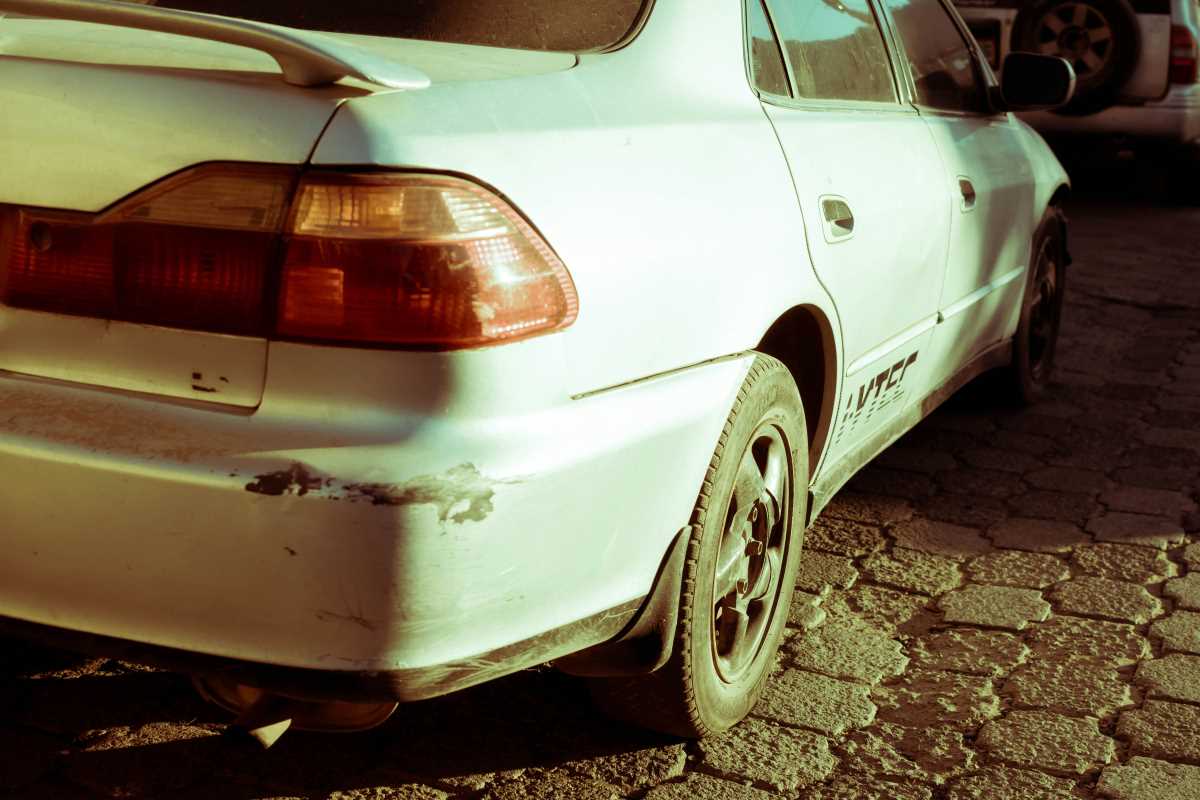Buying a new car is exciting. The sleek shine, that new car smell, and the thrill of the open road are undeniable. But while many of us tend to focus on the sticker price, there’s more to car ownership than meets the eye. That shiny price tag on the windshield?
It’s just the beginning. If you want to avoid post-purchase financial surprises, understanding the total cost of ownership (TCO) is essential. This guide will help you break down everything that goes into owning a car, so you can calculate its real cost and make a smarter decision before signing on the dotted line.
Digging Deeper Than the Sticker Price
The sticker price tells you how much the car costs upfront, but it doesn’t reveal the long-term financial commitment. Think of it like ordering a fancy meal at a restaurant without glancing at the extra charges for drinks, sides, or dessert. Ownership costs add up, often in sneaky little ways.
Some of the key factors influencing the total cost of ownership include depreciation, fuel, insurance, maintenance, and interest on loans. Each plays a unique role in how much you’re actually spending on your vehicle over time. The sticker price may have caught your eye initially, but what you really need to know is how much that car will cost you to keep and drive.
The Quiet Monster of Depreciation
Ah, depreciation. It’s the silent thief that starts working the second you drive off the lot. Cars lose value over time, and some lose it faster than others. For most vehicles, depreciation is their largest ownership cost. On average, a new car loses 20-30% of its value within the first year. Over five years, it can lose about half.
The type and brand of the car matter here. Luxury vehicles, for instance, often shed value quickly, while reliable makes like Toyota and Honda tend to hold their worth longer. Depreciation doesn’t directly drain your wallet like gas or repairs, but if you plan to sell or trade your car in the future, it’s an expense you can’t ignore.
- Research depreciation trends for the car models you’re considering.
- Opt for brands with strong resale values if you’re concerned about long-term costs.
- Consider certified pre-owned cars, as they’ve already taken that first big depreciation hit.
Understanding depreciation is like knowing the calories in your dessert; it won’t stop you, but it helps you manage expectations.
The Fuel Factor
Riding in style isn’t as fun when your wallet takes a hit at every gas station visit. Fuel costs are a constant in car ownership, and with unpredictable gas prices, they can make or break your monthly budget. While smaller cars and hybrids are usually lighter on the wallet, larger vehicles or those with lower gas mileage can lead to spending far more than you bargained for.
Pay attention to the car’s miles-per-gallon (MPG) rating. A vehicle that gets 35 MPG will save you significantly compared to one that gets 20 MPG, especially if you’re commuting or taking long trips regularly. Don’t forget to factor in fuel type, too. Premium gas requirements add another layer of expense some drivers don’t anticipate.
When comparing cars, try this simple exercise. Multiply the car’s MPG by how many miles you drive annually, then divide it by current gas prices. This will give you a clearer idea of how fuel costs will factor into your budget.
The Hidden Reality of Maintenance and Repairs
If the sticker price is the headliner, maintenance and repairs are the surprise encore. While maintenance tends to be predictable (think oil changes, tire rotations, and brake pad replacements), repairs can pop up when you least expect them, especially as your car ages.
The costs of maintenance and repairs vary widely between brands and models. Some luxury cars require premium parts and specialized mechanics, while others, like Toyota, Honda, or Subaru, are celebrated for their affordability in this department. Regular maintenance can feel like a chore, but ignoring it only leads to bigger (and more expensive) problems later. Pro tip? Follow your car’s maintenance schedule to avoid costly surprises.
Don’t forget to ask yourself these questions when calculating long-term upkeep:
- Does the car come with a warranty that covers repairs for a set number of years or miles?
- How reliable is the model based on reviews and reports from current owners?
- Are parts and labor for your car brand known to be more expensive?
When you think of long-term wear and tear, a car is really more like a pet than a possession. Like a dog that needs vet visits, your car will need care and attention if you expect it to perform well.
Insurance and Registration
Car ownership doesn’t stop with buying the car itself; it also involves expenses tied to keeping it legal. Insurance premiums and registration fees vary depending on your location, but they’re a universal burden every driver shares.
Insurance, in particular, can be a wild card. Accidents happen, but proactive research can help you stay prepared for premiums. Factors like your driving history, the type of car, and even your ZIP code affect what you’ll owe annually. For instance, a flashy new sports car or an accident-prone reputation could easily leave you staring at sky-high premiums.
Registration, though less pricey than insurance in most cases, also adds up, especially with larger or more specialized vehicles. Be sure to check how registration fees are calculated in your state. Some states base the fee on weight, while others consider the car’s value or age.
When figuring out your total cost of ownership, these recurring costs are just as vital as the upfront expenses. Include them in your calculations to get a full financial picture.
Pulling It All Together
By now, you’ve likely realized there’s no single line item that determines how affordable a car truly is. Instead, your car’s total cost of ownership is a combination of key factors working together (or conspiring) to determine its impact on your wallet. Here’s a quick summary:
- Depreciation: Think long-term resale value.
- Fuel costs: A car’s MPG matters more than you might expect.
- Maintenance and repairs: Regular care is crucial; some brands cost more than others.
- Insurance and registration: Check rates based on your car and location.
Once you’ve accounted for these, you’ll know what you’re truly signing up for when you drive that new car off the lot.
Why Total Cost of Ownership Matters
Car buying is an investment, not just a purchase. While it’s easy to get caught up in the excitement of a new ride, understanding the total cost of ownership empowers you to avoid financial strain later. Cars influence our daily lives in more ways than one, whether it’s commuting, running errands, or planning that long-awaited road trip. Knowing every expense tied to your vehicle gives you better control over your budget and greater peace of mind.
Enjoying the Ride Without Regret
At the end of the day, a car is as much about practicality as it is about joy. By taking the time to calculate the total cost of ownership, you’ll drive away confident that your new set of wheels fits comfortably within your budget. Research, plan, and think long-term, that’s the key to car buying success.
Because the only surprises you should experience with your car are the kind that involve unexpected road trips, not unexpected checks to cover the costs.
 (Image via
(Image via





